How to Conduct a Customer Journey Analysis

- Customer journey analysis helps uncover why some users convert while others drop off, by mapping real-time behaviors across every touchpoint—from awareness to advocacy.
- The 7-stage journey model offers a more detailed view than the classic 5-stage framework, making it ideal for complex buying cycles like B2B, SaaS, or high-value purchases.
- By analyzing both qualitative (feedback, interviews) and quantitative (traffic, drop-offs) data, businesses can identify friction points, optimize experiences, and personalize engagement more effectively.
- Practical steps like A/B testing, behavioral tracking, and continuous feedback loops are essential to turning insights into improved conversions, retention, and satisfaction.
- Tools like ClearlyRated, GA4, Hotjar, and Mixpanel empower smarter decision-making by offering visibility into customer pain points, emotions, and engagement patterns—enabling real-time improvements.
Imagine this: You've spent weeks perfecting a new campaign. The traffic is pouring in, but the sales aren't. Some visitors seem to vanish the moment they hit the checkout page. On the flip side, a small group of customers swear by your brand and return repeatedly.
But the big questions remain:
- Why does the journey from interest to purchase vary so much?
- What if you could predict, measure, and optimize every step of your customer's journey?
- What if you had the power to identify critical moments when customers hesitate, abandon, or fall off entirely and turn those missed opportunities into conversions?
With customer journey analysis, you can do just that. It's no longer about making guesses or hoping for the best. This guide dives into the essentials of customer journey analysis, providing the tools and strategies to turn your customer experience from good to great.
What is Customer Journey Analysis, and Why Does It Matter?
Modern customers engage brands through various channels and devices, creating complex, nonlinear journeys. These interactions remain black boxes without analysis, leading to wasted spend and missed opportunities.
45% of organizations are now actively investing in customer journey analytics to drive better marketing, sales, and service outcomes. The results are hard to ignore: According to McKinsey, companies that leverage journey analytics achieve a 15–20% reduction in service costs, a 10–15% increase in revenue, and significantly faster resolution of customer issues—all by deeply understanding and optimizing the whole customer experience.
So, what is customer journey analysis?
Customer Journey Analysis is the structured, data-driven examination of every customer interaction with your brand across marketing, sales, service, and product touchpoints. Unlike traditional journey mapping, which often results in static, anecdotal diagrams, journey analysis uses real behavioral data to uncover where customers engage, hesitate, or drop off in real-time.
Every click, call, visit, and conversation leaves a trail of insights behind. Customer journey analysis pulls these fragments across apps, websites, stores, and service centers to map not just the journey itself but also the emotions and decision points hidden within it. It's not just about where customers go but why they act, convert, or churn.
Here's how Customer Journey Mapping, Journey Analysis, and Journey Analytics differ and why real-world analysis delivers the strongest insights.

The Stages of the Customer Journey: 5 Stage Vs. 7 Stage Framework
Understanding the customer journey has become non-negotiable for brands aiming to create meaningful, profitable experiences. While several frameworks exist, two dominant models stand out: the classic 5-stage journey and the expanded 7-stage model. Each offers a structured view of how customers move from initial awareness to brand advocacy, but the level of granularity varies.
With increasingly nonlinear and omnichannel customer behaviors, knowing when to use a 5-stage versus a 7-stage approach can make or break your customer experience strategy.
Classic 5-Stage Journey Model:
The 5-stage model remains a foundational framework, particularly effective for organizations just beginning to structure their customer experience efforts.
The stages are:

Best Suited:
- Ideal for high-level strategy development.
- Suitable for brands in industries with relatively simple, linear buying paths (e.g., FMCG, retail).
- Effective for early-phase customer experience (CX) programs focusing on the broadest touchpoints.
Limitation: It may oversimplify complex or high-consideration journeys, particularly for B2B or luxury products where buyers loop back and forth between stages.
The Expanded 7-Stage Customer Journey Model
The 7-stage model builds on the 5-stage foundation by inserting additional phases that reflect deeper, more nuanced customer behavior, particularly the steps customers take before purchasing and the emotional reassurance they seek afterward.
The stages are:
Best-Suited:
- Gain Deeper Behavioral Insights: This model is perfect for industries like B2B, SaaS, finance, and healthcare, where understanding what customers do and why they act is critical to closing sales.
- Pinpoint Friction and Drop-Offs : In high-involvement purchases, such as luxury goods, education, or insurance, breaking the journey into the Research, Evaluation, and Validation stages allows brands to address pain points that traditional models miss.
- Deliver Hyper-Personalized Experiences: Best suited for businesses managing multi-touchpoint journeys across websites, apps, stores, and customer service. This model enables precision targeting based on real-time behavior at each stage.
- Strengthen Post-Purchase Loyalty and Advocacy: The 7-stage model is ideal for brands aiming to build lifetime value rather than just close transactions. This is especially crucial in competitive markets where post-purchase reassurance drives retention and referrals.
- Optimize Omnichannel Journeys at the Micro-Moment Level: This model works best for companies where customer journeys span dozens of interactions across different platforms. It requires real-time orchestration rather than static funnel management.
Limitation:
- Increased Complexity: Managing seven distinct stages requires more resources, advanced tools, and deeper coordination across marketing, sales, and CX teams — which can overwhelm smaller organizations.
- Risk of Over-Segmentation: Over-focusing on micro-stages can cause brands to lose sight of the overall customer experience, leading to fragmented, tactical actions instead of a cohesive strategy.
- Heavy Data Dependence: The 7-stage model demands accurate, comprehensive, omnichannel data. Without strong analytics and attribution models, insights at each stage can be misleading or incomplete.
- Longer Time to Impact: Implementing, tracking, and optimizing for each stage often means a longer ramp-up before seeing measurable business results, a challenge for teams under pressure for quick wins.
Choosing between a 5-stage and a 7-stage model is a matter of strategy:
- If your customer journey is short, transactional, and low-risk, a 5-stage model may suffice.
- If your journey involves high stakes, high emotional investment, or extended research and validation, adopting a 7-stage lens is critical.
Benefits of Customer Journey Analysis
Customer journey analysis is one of the most powerful tools for optimizing business performance. By analyzing the entire customer experience, from initial awareness to post-purchase behavior, brands gain valuable insights into how they can improve customer satisfaction, increase conversions, and ultimately drive business growth.
Here are the key benefits:
1. Enhanced Customer Experience
Customer journey analysis enables businesses to tailor the customer experience to their audience's unique needs and behaviors. By analyzing touchpoints, such as ads, website visits, or customer service interactions, businesses can deliver more personalized and relevant experiences. Companies can also ensure they are offering the right content, services, or products at the right time based on customer actions and preferences.
2. Identifying Opportunities for Cross-Selling and Upselling
Customer journey analysis uncovers opportunities for businesses to cross-sell and upsell by recognizing patterns in customer behavior. For instance, companies can identify moments when additional or complementary products would naturally add value by tracking how customers engage with products or services.
This targeted approach to upselling helps avoid the intrusive, one-size-fits-all methods of the past, offering customers relevant products or services that enhance their current experience.
3. Closing Service Gaps
One of the most significant advantages of journey analysis is its ability to identify service gaps. By closely monitoring how customers move through the journey, companies can pinpoint where friction exists: a slow checkout process, lack of support during critical touchpoints, or confusing product navigation.
When businesses address these gaps, they can improve overall efficiency and effectiveness. This not only smooths the journey for customers but also reduces frustration and abandonment. Closing service gaps directly correlates to improved customer satisfaction, retention, and brand loyalty.
4. Boosting Conversion Rates
Practical customer journey analysis reveals where customers drop off in the sales process and allows businesses to optimize these critical moments. Whether optimizing a call to action, simplifying a form, or offering better incentives, businesses can use journey insights to increase the number of successful conversions directly.
Understanding customer behavior at each stage enables businesses to eliminate friction points and accelerate decision-making, resulting in higher conversion rates.
5. Strengthening Customer Loyalty and Retention
Journey analysis also helps businesses understand when and why customers may disengage, allowing them to address issues that could lead to churn proactively. The ultimate goal of customer journey analysis is to create a continuous, positive experience that turns one-time buyers into loyal customers.
Step-by-Step Guide to Customer Journey Analysis
Conducting a customer journey analysis helps businesses uncover what's working and what's not and better align their customer experiences with expectations. Here's how to approach it step-by-step.
Step 1: Map Out the Customer Journey
The first step is to map out your customer's journey. This means visualizing every step they take, from their initial interaction with your brand to post-purchase follow-up.
Imagine a customer discovering Brand X through a blog post (Awareness). They download a free eBook in exchange for their email (Consideration). After using the free tools, they decide to schedule a demo (Decision), purchase a subscription, and finally, become a loyal user of the software (Retention).
Why it matters:
Mapping helps you understand where customers are coming from and where they're going. It's not just about the sales funnel; it's about seeing the broader experience across every touchpoint.
Start by asking:
- How do customers first hear about you?
- What are their concerns at each stage?
- Where are they likely to drop off?
Step 2: Gather Qualitative Insights
Once you have the map, it's time to dig deeper into the "why." Qualitative research involves talking to customers directly to understand their emotions, pain points, and expectations.
Ways you can do this:
- Interviews: Sit down with a few customers to understand their journey.
- Focus Groups: Get multiple customers in a room (or virtual space) and discuss their experience with your product or service.
- Surveys: Get feedback from customers to understand their frustrations or pain points
Why it matters?
Imagine a user who's been using your product for months. They recently experienced a feature update that confused and frustrated them, delaying their workflow. The conversation could shed light on aspects that data alone may not uncover, like specific pain points or unspoken needs.
The insights from such interviews will help you understand what's motivating your customers, what frustrates them, and what excites them about your product.
Step 3: Collect Quantitative Data for Concrete Insights
Now that we know the "why," it's time to focus on the "what." Quantitative data shows us where trends emerge, helping us understand the scope of issues or successes. Surveys (like NPS, CSAT, and CES) can gather numerical customer feedback at various touchpoints. Additionally, analyze website traffic and conversion data to understand patterns of engagement and drop-off points.
Why it matters?
Quantitative analysis is essential for understanding trends and customer behavior at scale. It can help you get a clearer picture of what is working and what needs improvement.
Step 4: Analyze Behavioral Data and Interactions
Understanding customer behavior is crucial to making informed decisions about what works and what doesn't. This step involves observing exactly how customers engage with your website or platform.
For example, if you notice a significant drop-off at the payment stage, it's a signal to investigate the checkout process and eliminate any barriers to conversion.
Why it matters?
Behavioral analytics tells you exactly how customers engage with your digital touchpoints—whether your website, mobile app, or marketing emails. This analysis helps identify friction points and optimize the user experience to prevent drop-offs.
Step 5: Identify Pain Points and Friction Areas
Once you've gathered qualitative and quantitative insights, it's time to dig into where customers are feeling frustrated or experiencing friction. Use your qualitative and quantitative data to look for recurring issues across the customer journey. High abandonment rates, negative survey responses, or repeated customer complaints are all signs of pain points that must be addressed.
Why it matters?
Don't just focus on major pain points; minor irritations can compound over time and affect customer satisfaction. Look at micro-pain points and streamline processes to make the journey smoother.
Step 6: Leverage A/B Testing to Optimize Touchpoints
Once you've identified pain points and friction areas, it's time to test new approaches. Run A/B tests on different elements of your website or app to determine the best-performing options. Test things like headlines, CTAs, images, or entire landing pages. Measure the results to see which variation leads to better customer engagement and conversions.
Why it matters?
A/B testing allows you to compare two different versions of a touchpoint (e.g., website pages, emails, product pages) to see which performs better. A/B testing is only as effective as your hypothesis. Before testing, clearly define what you want to achieve.
Step 7: Continuously Collect Feedback Through Feedback Loops
Customer journey analysis doesn't stop at one-time feedback collection. Whether it's after a purchase, a customer service interaction, or after a trial period, always make it easy for customers to share their thoughts.
Setting up feedback loops is essential for ongoing improvement. Use automated surveys, review requests, or follow-up emails to create a continuous feedback loop. Regular feedback informs you about how well your changes are being received and where further improvements are needed.
Why it matters?
Feedback loops can help inform long-term strategy. Don't just rely on immediate, transactional feedback. Ask open-ended questions that allow customers to voice broader concerns and track changes over time.
Customer journey analysis is an ongoing, iterative process that requires a mix of qualitative and quantitative research, behavioral analysis, and ongoing feedback loops.
Tools and Technologies that enable Customer Journey Analysis:
Tools like ClearlyRated provide essential customer feedback and enable data integration across touchpoints, ensuring your analysis is thorough and accurate. With continuous monitoring and iteration, you can ensure that your customer journey remains aligned with customer needs, fostering stronger relationships and long-term success.
Why ClearlyRated is the Perfect Tool for Your Customer Journey Analysis
Customer journey analysis is a cornerstone of optimizing customer experiences and driving business success.
This blog teaches you how to leverage tools, methodologies, and best practices to uncover valuable insights about your customers' experiences. However, the most crucial part of the process is the feedback loop, which gathers actionable insights directly from your customers.
Without feedback, it's nearly impossible to fully understand the emotions, pain points, and motivations that drive their behavior.
ClearlyRated stands out as a top choice. This platform collects real-time reviews and ratings, allowing you to gain invaluable insights into your customers' experiences.
- ClearlyRated's surveys can help you collect feedback at various customer journey stages, from initial impressions to post-purchase satisfaction. This enables businesses to act on customer sentiment quickly and effectively.
- Powerful analytics helps businesses track satisfaction metrics such as Net Promoter Score (NPS). These insights identify areas for improvement, pinpointing pain points and helping businesses enhance their offerings.
- The platform provides in-depth, easy-to-understand reports that offer insights into customer emotions, satisfaction levels, and behavior trends. These reports guide decision-making and help refine customer journey strategies.
Ultimately, using the insights, you can optimize the customer experience, boost conversions, and improve retention by removing barriers and improving customer satisfaction.Book a Demo!
FAQ:
How do you analyze a customer journey?
Analyzing a customer journey involves mapping out every touchpoint where a customer interacts with your brand, collecting both qualitative (e.g., interviews, feedback) and quantitative data (e.g., analytics, behavior tracking), and then identifying patterns, friction points, and opportunities. The goal is to understand not just the "what" but the "why" behind customer actions, allowing you to optimize the journey for better satisfaction, retention, and revenue outcomes.
What are the 5 main Stages of a customer journey?
The traditional five stages of a customer journey are:
- Awareness – When the customer first learns about your brand or solution.
- Consideration – When the customer evaluates different options and compares brands.
- Decision – When the customer chooses and makes a purchase.
- Retention – Post-purchase engagement that keeps the customer loyal.
- Advocacy – When loyal customers recommend your brand to others, becoming promoters.
How do you create a customer analysis?
Customer analysis starts by segmenting your audience based on demographics, behaviors, or purchase patterns. Next, gather data through surveys (using platforms like ClearlyRated), interviews, CRM analytics, website behavior tools, and social listening. Then, synthesize these insights to understand customer needs, pain points, motivations, and preferences. The final step is to create actionable personas and journey maps that align customer expectations with business strategies.
What are examples of customer journey analytics?
Some of the analysis include:
- Drop-off analysis – Identifying at what stage customers abandon a purchase funnel.
- Conversion path analysis – Tracking the sequence of interactions that led to a sale.
- Sentiment analysis – Analyzing feedback and reviews to understand emotional drivers.
- Engagement scoring – Measuring how different touchpoints (emails, support chats, product demos) influence customer progression toward purchase or loyalty.
FAQs


.png)
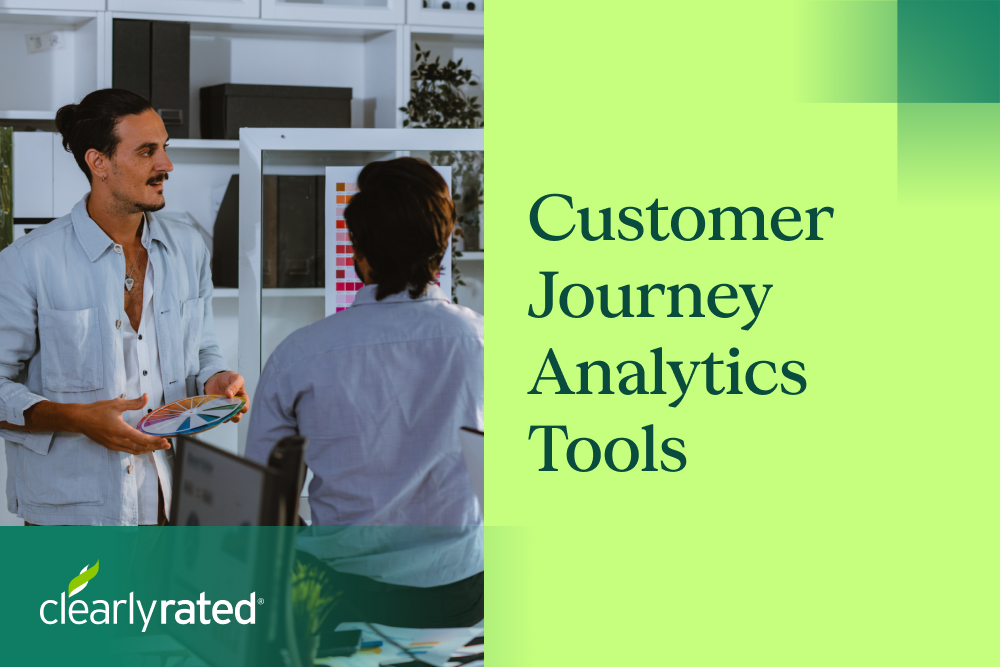





%5B1%5D.webp)
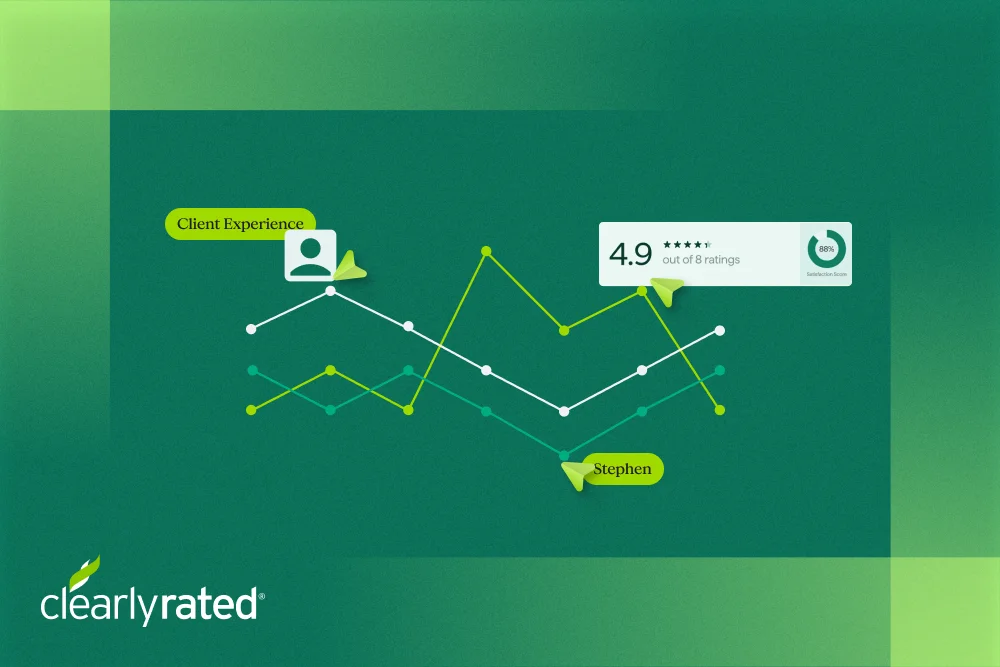






.png)









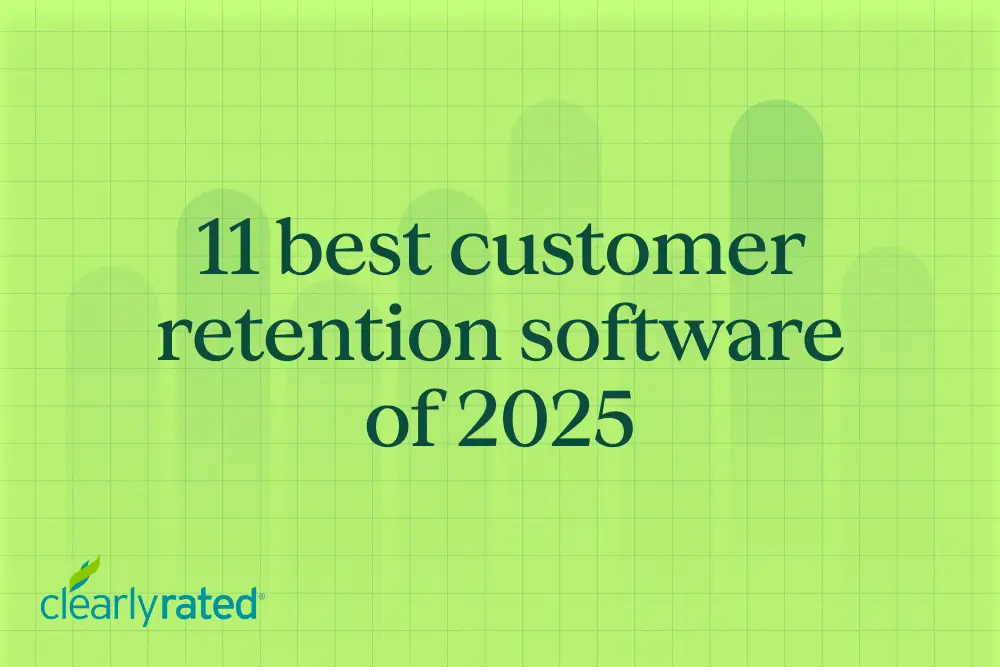

_%20The%20Ultimate%20Guide.png)
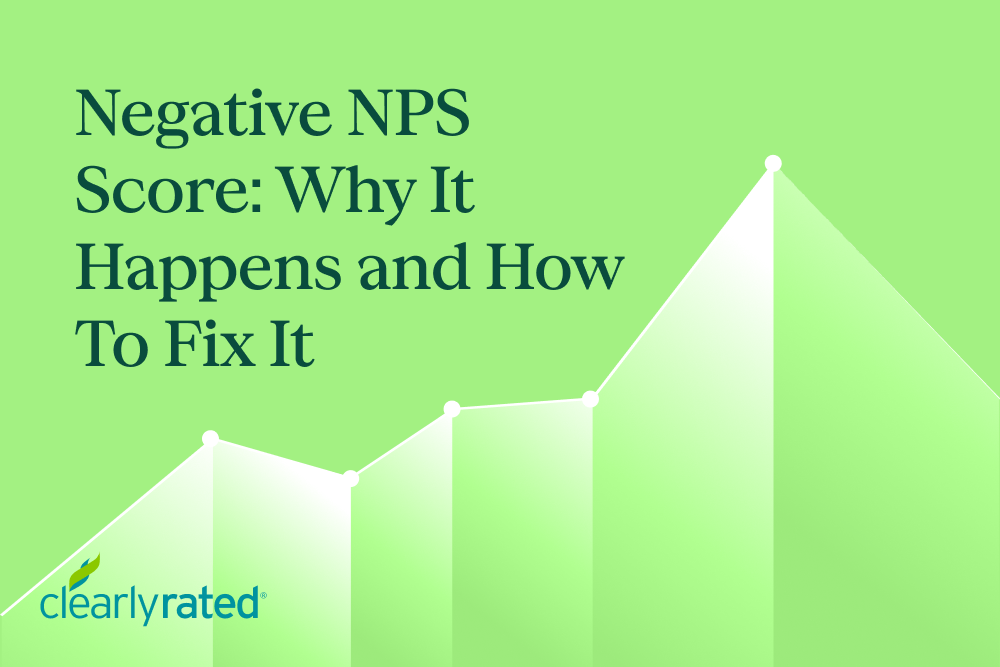
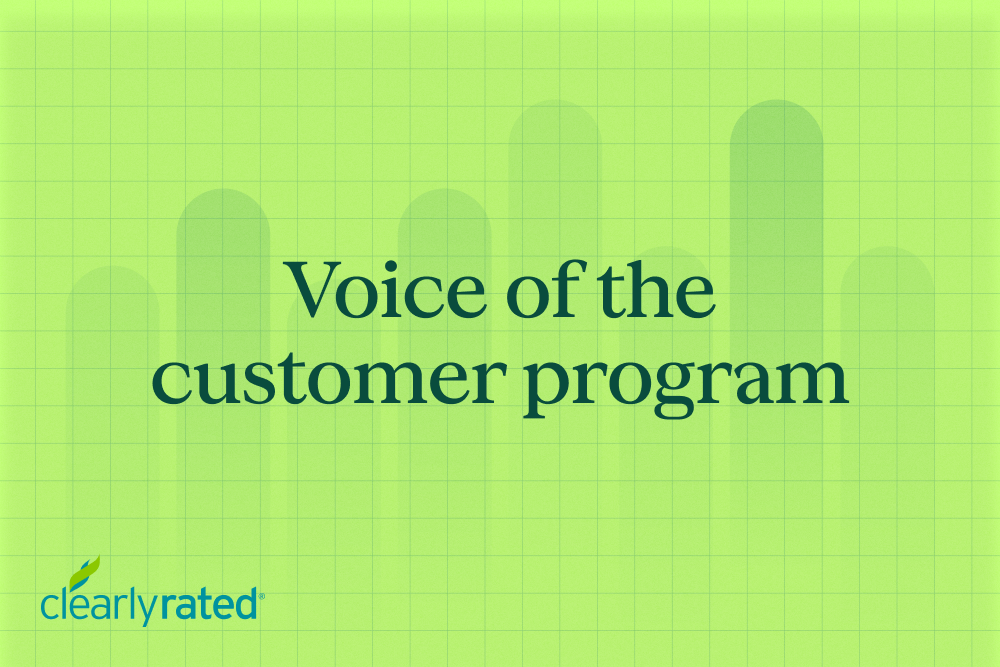

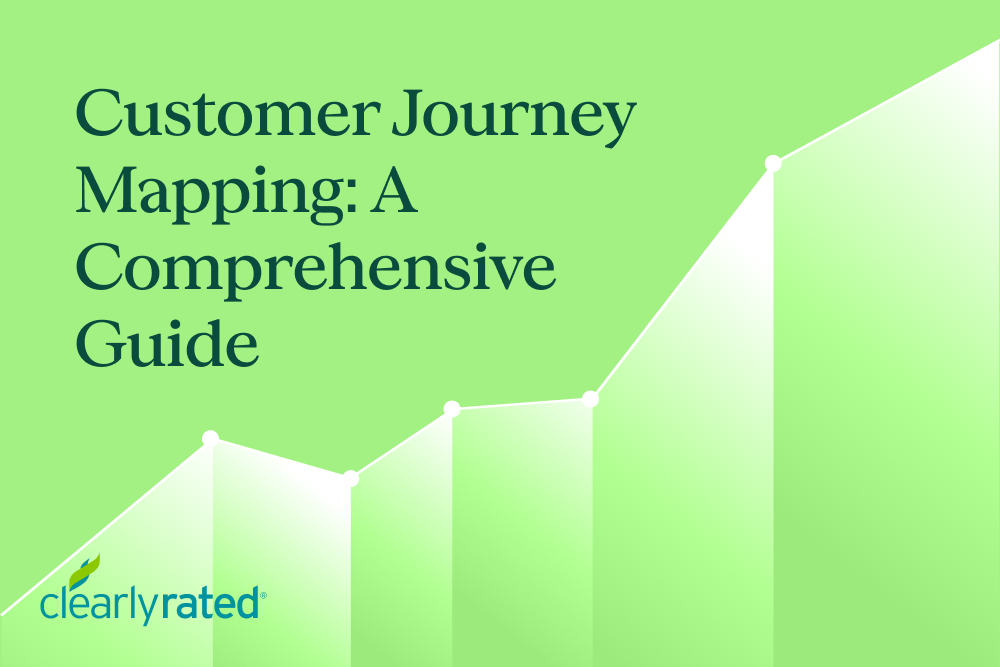

.png)



















%20in%20the%20Workplace.png)










.png)

%20and%20how%20can%20you%20increase%20it.png)
_%20A%20Step-by-Step%20Guide.png)

.png)
.png)




_.png)



%20in%202028.png)


_%20The%20Ultimate%20Guide%20(2024).png)











